Nylon is commonly known as nylon (Nylon), the English name is Polyamide (PA), and its density is 1.15g/cm3. It is a general name for thermoplastic resins containing repeating amide groups [NHCO] on the molecular skeleton, including aliphatic PA and aliphatic Aromatic PA and aromatic PA.
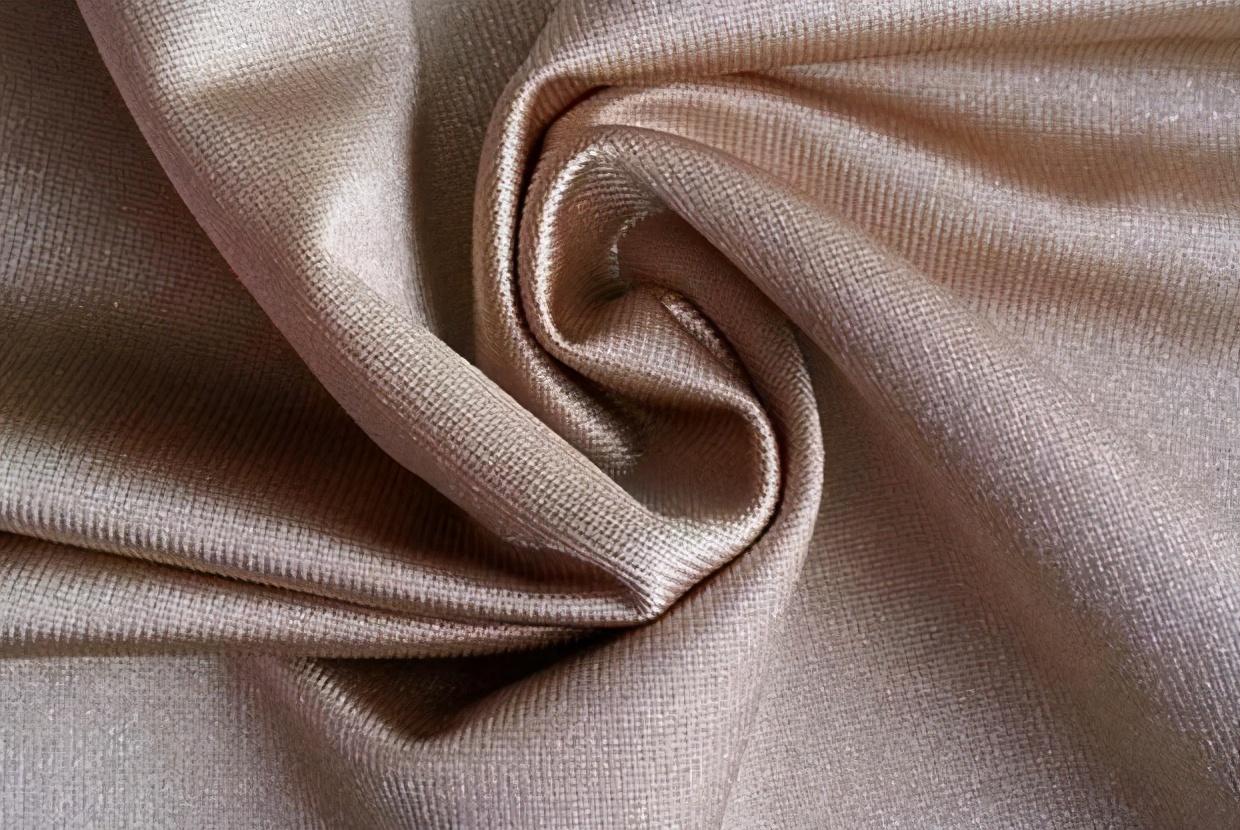
Among them, aliphatic PA has many types, large output, and wide application. Its name is determined by the specific carbon number of the synthetic monomer. It was invented by the famous American chemist Carothers and his scientific research team.
Nylon fabrics are divided into pure nylon fabrics, nylon blended fabrics and rubberized fabrics.
Fabrics made of pure nylon include nylon taffeta, nylon crepe, nylon, etc.
Polyamide blended fabrics are fabrics obtained by mixing nylon fibers with other fabric fibers. Nylon and blended fabrics. These include nylon plain weave, nylon etc.
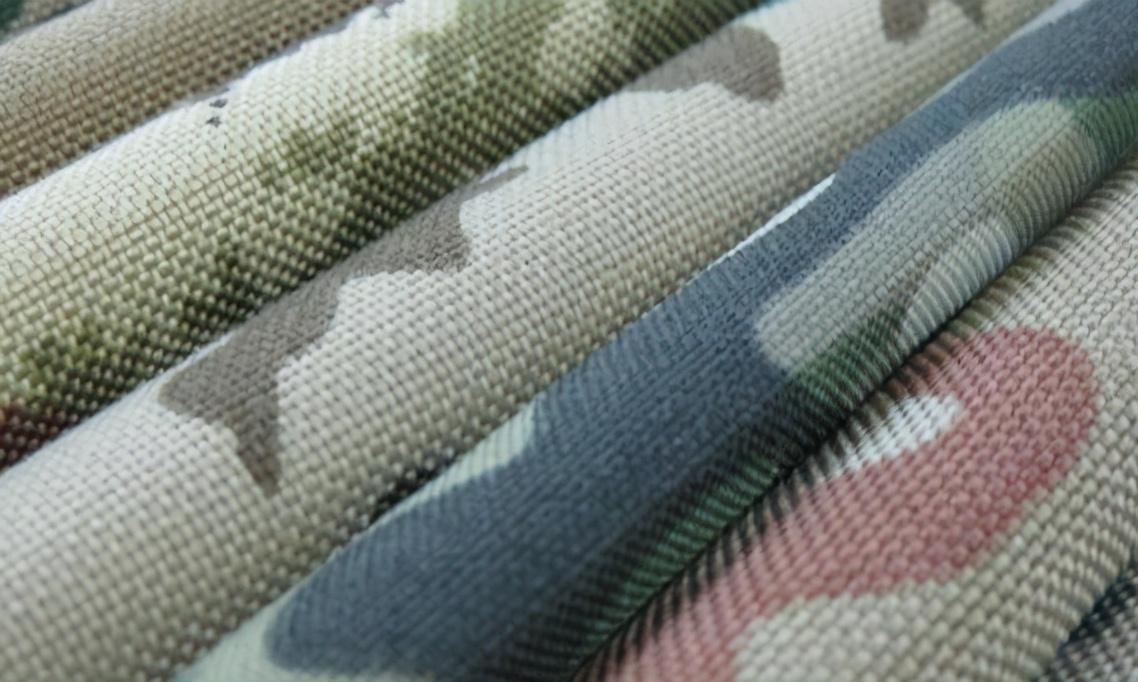
There are many varieties of nylon, but the main varieties are nylon 6 and nylon 66.
Due to its high physical practicality, nylon is used not only in fabrics but also in other industries. The short fibers of nylon fabric can be blended with other industrial fibers to make ropes and fishing nets, cords for various tires on cars, some parasols and parachutes, etc. At the same time, the use of nylon is becoming more and more widespread. In subsequent developments, the scope of nylon has become more and more extensive.
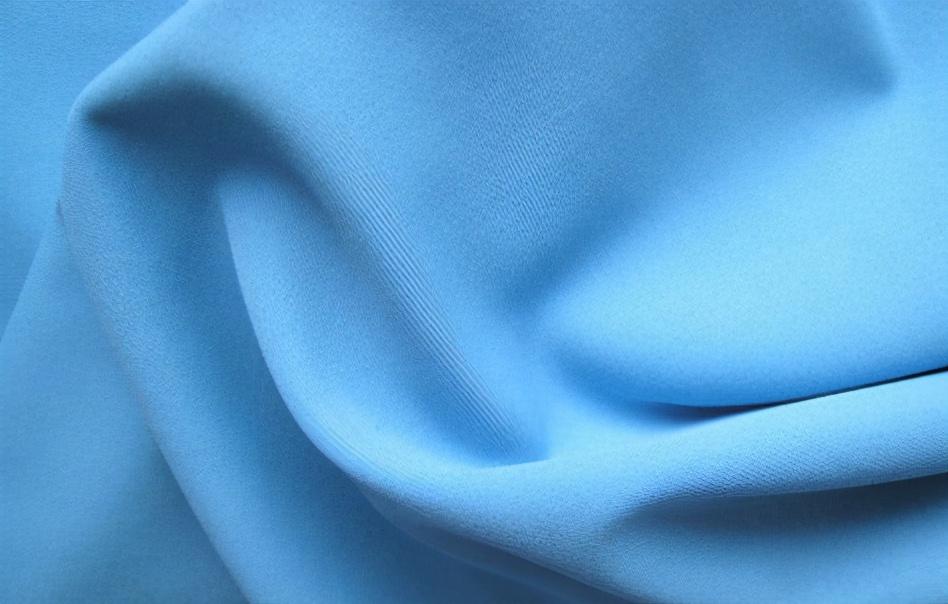
Nylon properties
1. Wear resistance in various fabrics Ranked first in the industry, it is many times higher than other fiber fabrics of similar products, so its durability is very good.
2. Hygroscopicity is a good variety among synthetic fabrics, so clothes made of nylon are more comfortable than polyester clothes.
3. It is a lightweight fabric, second only to polypropylene and acrylic fabrics among synthetic fabrics. Therefore, it is suitable for making mountaineering clothing and winter clothing.
4. Excellent elasticity and elastic recovery, but it is easy to deform under the action of a small external force, so the fabric is easy to wrinkle during wearing.
5. The heat resistance and light resistance are poor. Pay attention to the conditions of washing and maintenance during wearing and use to avoid damaging the fabric.
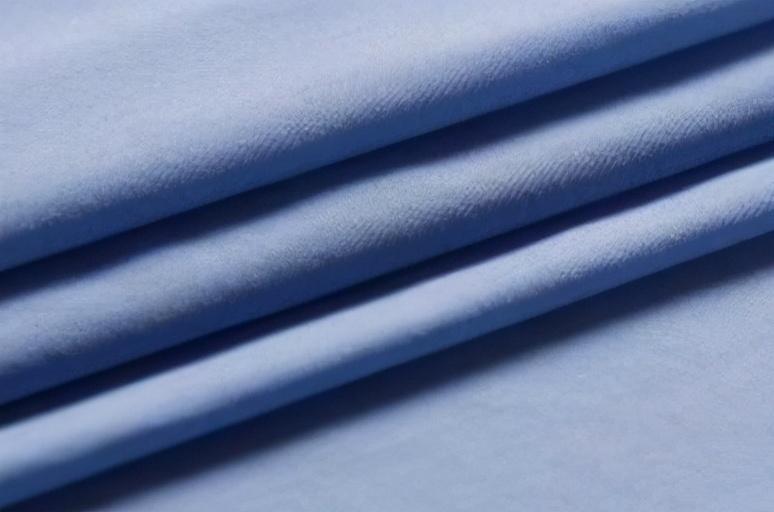
Advantages of nylon
1. High strength and good wear resistance sex. The biggest advantage of nylon fabric is that it is strong and wear-resistant. Its wear-resistant performance ranks first among all fabrics, many times higher than other fiber fabrics of similar products. It is an ideal material for manufacturing wear-resistant products.
2. Light weight. The density of nylon fabric is small and the fabric is light. It is listed only among synthetic fabrics, after polypropylene and acrylic fabrics, and is lighter than cotton and viscose. Therefore, it is suitable for making mountaineering clothing and winter clothing.
3. Good elasticity and fatigue resistance. Nylon fabric has excellent elasticity and elastic recovery, and its coagulation degree and shape retention rate are second only to polyester.
4. Good dyeability. Nylon has better dyeability than polyester
5. It has good alkali resistance and reducing agent resistance, and is not afraid of mold and insects.
6. Low temperature resistance. Nylon filament has good low temperature resistance. When the temperature is below minus 70 degrees Celsius, its resilience does not change much.
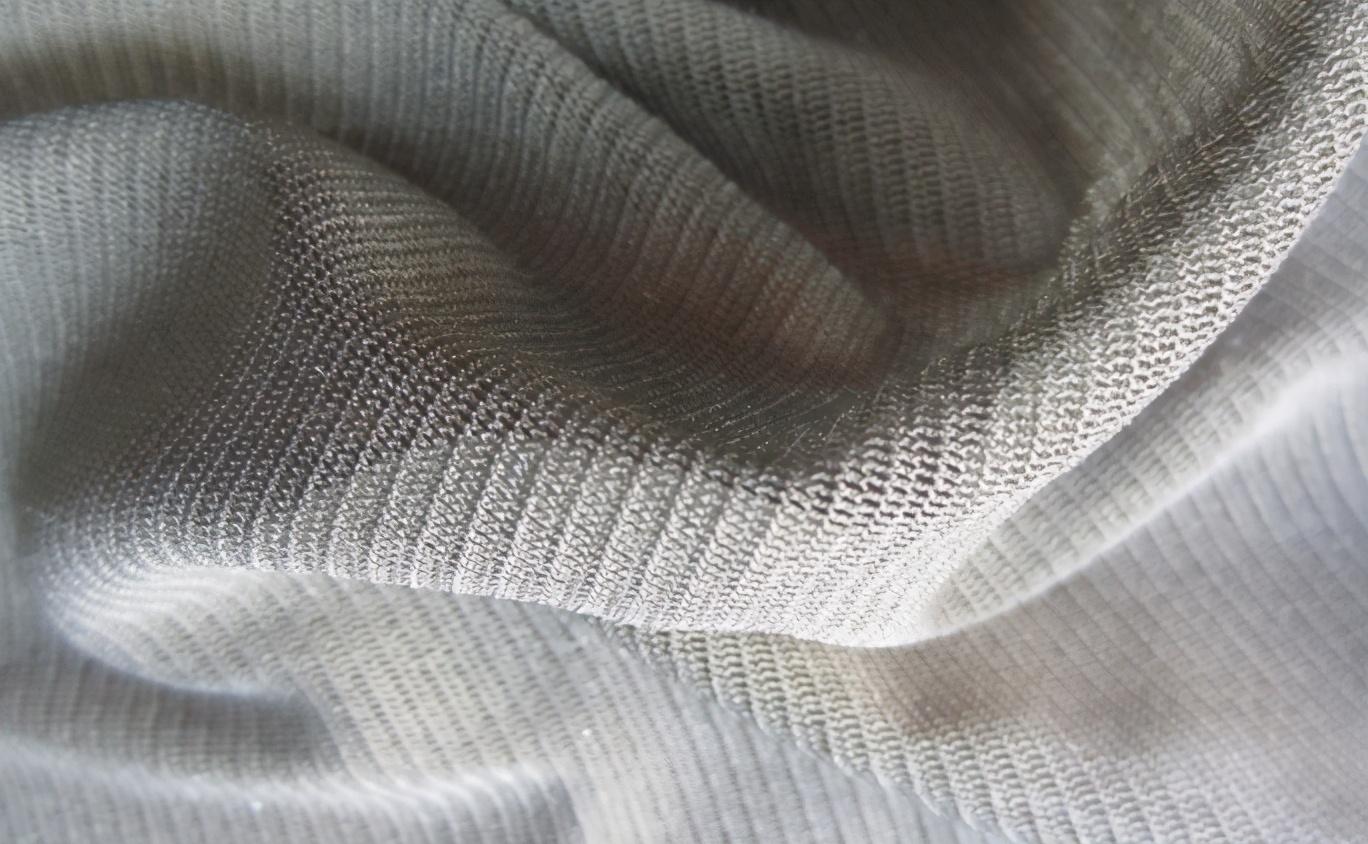
Disadvantages of nylon
1. Poor heat resistance. It turns yellow after 5 hours at 150°C, the strength and elongation are significantly reduced, and the shrinkage is increased. When wearing and using nylon fabrics, you must pay attention to the washing and maintenance conditions to avoid damaging the fabric.
2. Poor light resistance. The biggest disadvantage of nylon fabric is its poor sunlight resistance. After prolonged exposure, the fabric will turn yellow and lose strength. It is not suitable for outdoor fabrics with poor hygroscopicity
3. Low moisture absorption capacity and poor comfort, but better than acrylic and polyester;
4. Poor acid resistance and poor oxidation resistance.
Static electricity. Its DC conductivity is very low, and it is prone to static electricity due to friction during processing, and it is prone to fluffing and pilling when wearing clothes for a long time.
5. Easily deformed. The initial modulus of nylon is small and it is easy to deform under the action of external force, so its fabric is easy to wrinkle during wearing, and the fabric is not hard.
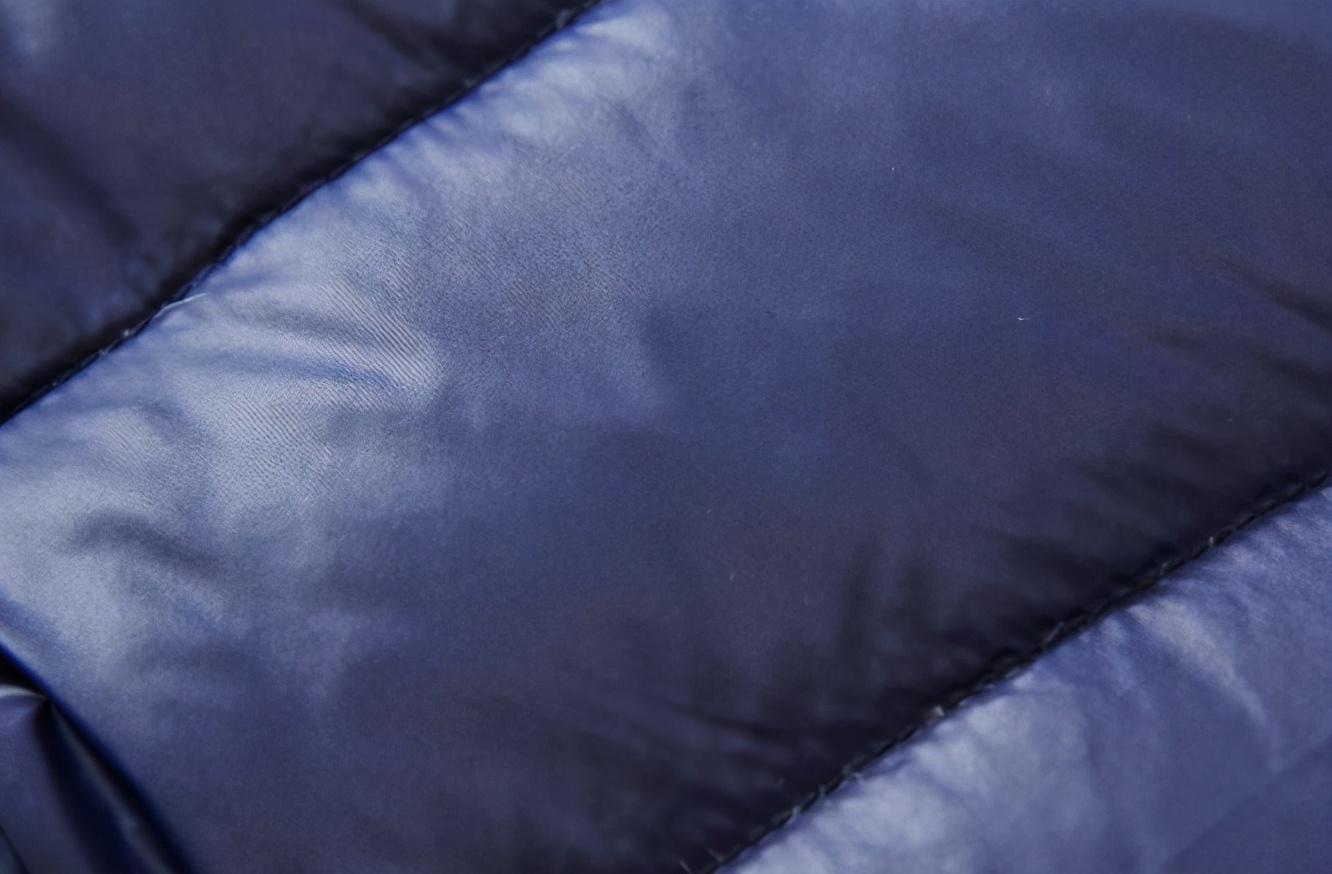
Nylon varieties
Nylon fiber fabrics can be divided into three categories: Pure woven, blended and interwoven fabrics, each containing many varieties.
1. Nylon pure textiles, nylon taffeta, nylon crepe and other fabrics woven from nylon silk.
Because it is woven from nylon filaments, it has a smoothFeatures of hand feel, sturdy and durable, affordable price. It also has the disadvantage that the fabric wrinkles easily and is not easy to recover.
Nylon taffeta is mainly used for lightweight clothes, down jackets or raincoats, while nylon crepe is suitable for summer clothes, spring and autumn clothes, etc.
2. Nylon interwoven and interwoven fabrics. The fabrics obtained by interweaving or interweaving nylon filaments or short fibers with other fibers have the characteristics and strength of each fiber.
For example, viscose/brocade gabardine is made of a blend of 15% nylon and 85% viscose. It has the characteristics of warp density twice as much as weft density, thick texture, high toughness and durability. It has poor elasticity, is prone to wrinkles, has reduced wet strength, and is prone to sagging when worn.
In addition, there are viscose/brocade brocade, viscose/brocade/wool tweed and other varieties, which are some commonly used fabrics.
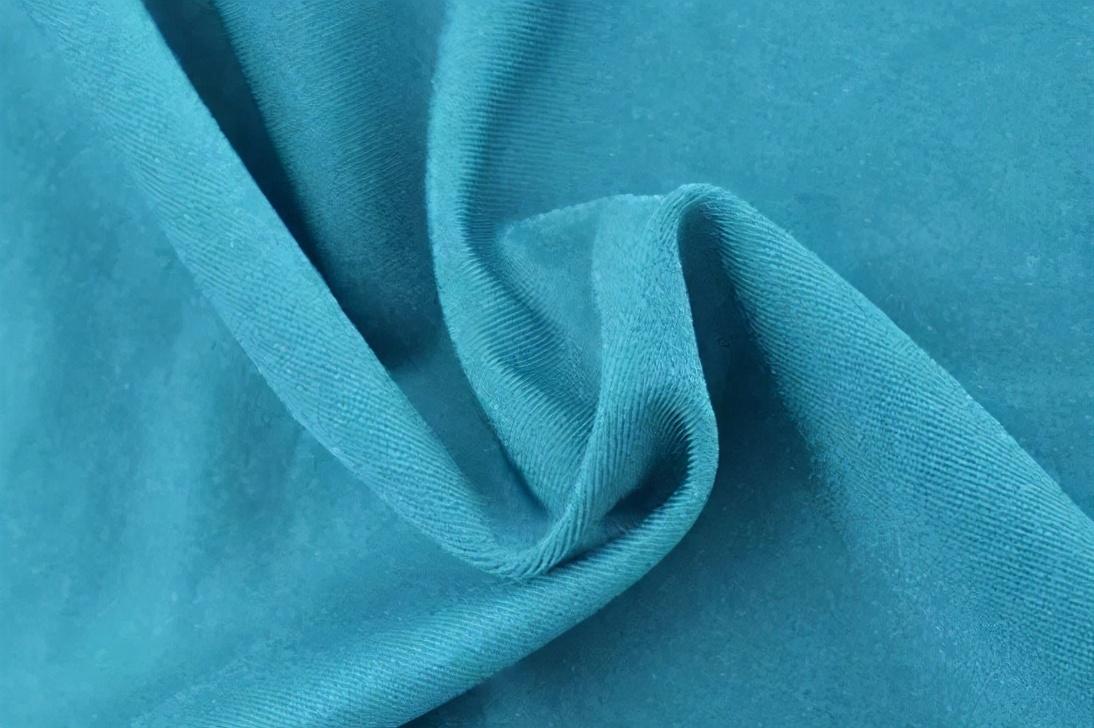
How does nylon compare to other fabrics?
1. The price of nylon fabric is about 1 times that of polyester fiber. Nylon fabric is smoother and softer than polyester fiber fabric, and the wear resistance of the two is similar.
Nylon has a certain amount of elasticity, while polyester does not. Nylon fabric has poor shape retention and stiffness, while polyester fabric has better stiffness and abrasion resistance.
2. Regarding hygroscopicity, nylon fabric has advantages, so clothes made of nylon fabric are more comfortable than spandex. The elasticity of spandex is at the forefront of man-made fibers, and its elasticity is very good. Although nylon has good elasticity, it is easily deformed under external force and does not recover easily.
Generally, spandex has the same abrasion resistance as nylon.
3. What is the difference between nylon and acrylic fiber nylon? The sunlight resistance is not good, the fabric will turn yellow and the strength will be reduced after long-term exposure, but acrylic fiber has good sunlight resistance and weather resistance.
The density of acrylic fiber is low, and the warmth retention of the fabric is better than that of nylon, but the wear resistance of nylon is better than that of acrylic fiber.
4. Which is better, nylon or cotton? Compared with cotton, nylon has excellent durability, but nylon has poor ventilation and breathability. Easily generate static electricity, cotton is comfortable to wear, breathable and anti-allergic.






